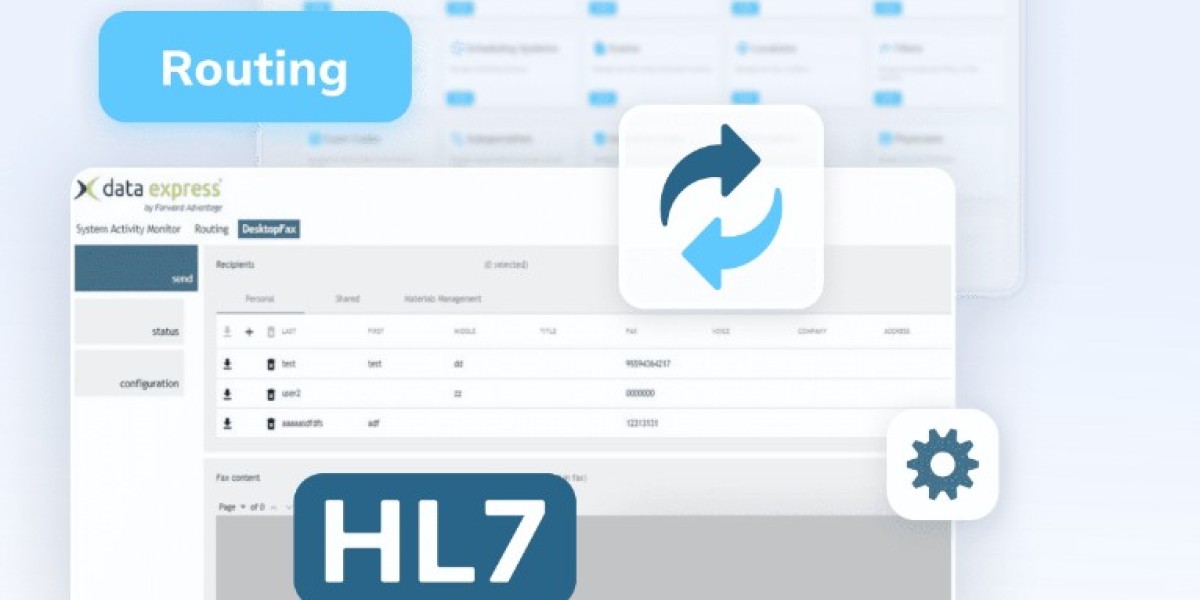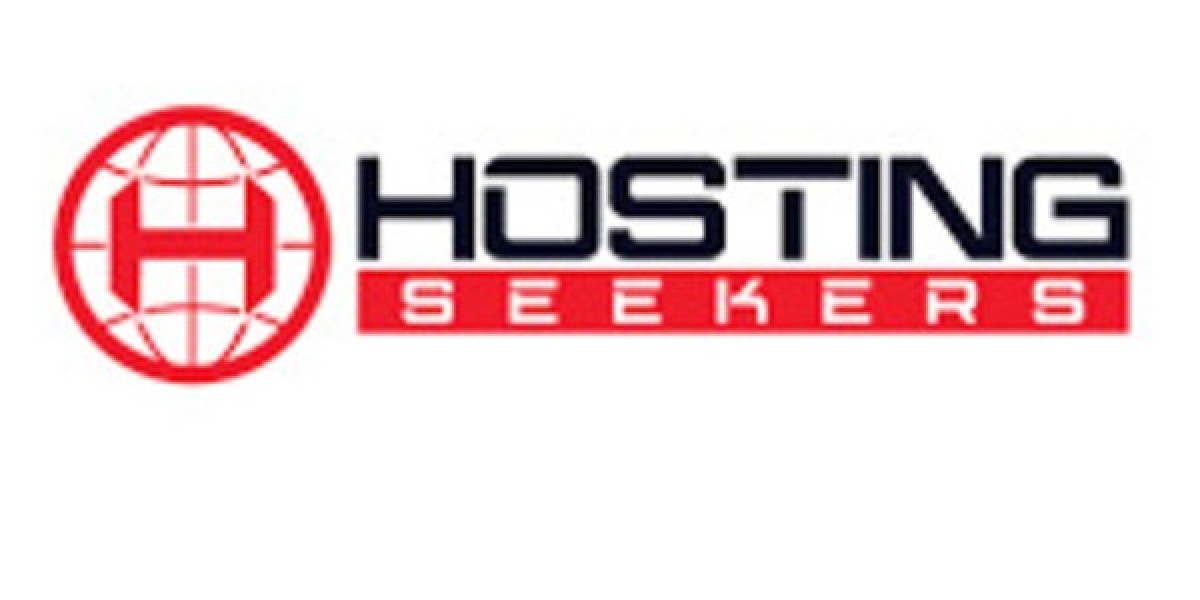Established to facilitate interoperability between different healthcare systems, hl7 integration services a framework and standards for the exchange of clinical and administrative data. In this article, we will delve into the various HL7 messaging types, their roles in healthcare integration, and their significance in improving healthcare outcomes.
What is HL7?
HL7, or Health Level Seven, is a set of international standards for the exchange, integration, sharing, and retrieval of electronic health information. The name "Level Seven" refers to the application layer in the ISO/OSI reference model, which focuses on the communication between applications rather than the underlying hardware and transport layers. HL7 standards are widely used to improve the interoperability of healthcare systems by enabling them to communicate effectively, regardless of the underlying technology.
The HL7 standard includes a range of messaging protocols, data formats, and application programming interfaces (APIs) that can be implemented by healthcare organizations. The primary goal of HL7 is to provide a framework that allows for the consistent, accurate, and timely exchange of health information across various systems, enhancing patient care and operational efficiency.
HL7 Messaging Types
HL7 messages are categorized into different types based on their purpose and content. The most common HL7 messaging types include:
1. ADT (Admission, Discharge, Transfer)
ADT messages are among the most fundamental HL7 message types. They are used to convey patient information regarding their admission, discharge, and transfer within a healthcare facility. The primary purpose of ADT messages is to ensure that patient records are updated accurately across various systems. Key scenarios for ADT messages include:
Patient Admission: When a patient is admitted to a healthcare facility, an ADT message is generated to update the hospital’s information systems about the patient's new status.
Patient Discharge: Upon discharge, an ADT message is sent to notify other systems that the patient is no longer under care.
Patient Transfer: When a patient is moved from one department to another, such as from the emergency room to a hospital ward, an ADT message is sent to reflect this change.
2. ORM (Order Entry)
ORM messages are used for order management within healthcare systems. They facilitate the ordering of services such as laboratory tests, imaging studies, and medications. ORM messages include information about the order, such as the type of test requested, the patient’s information, and relevant clinical details. This type of message ensures that healthcare providers can efficiently manage and track orders throughout the patient care process.
3. ORU (Observation Result)
ORU messages communicate clinical observations and test results back to healthcare providers after an order has been placed using an ORM message. This type of message includes vital information about the patient’s condition, diagnostic results, and any relevant comments or recommendations. The timely transmission of ORU messages is critical for decision-making, enabling healthcare providers to respond quickly to changes in a patient’s health status.
4. DFT (Detailed Financial Transaction)
DFT messages are used to manage billing and financial transactions within healthcare systems. These messages provide detailed information about services rendered, including charges, payments, and adjustments. DFT messages are essential for accurate billing and revenue cycle management, ensuring that healthcare organizations can efficiently process payments and manage patient accounts.
5. SIU (Scheduling Information Unsolicited)
SIU messages are utilized for scheduling appointments and managing the scheduling process. These messages help communicate information about appointments, such as scheduling changes, cancellations, and rescheduling. The use of SIU messages enhances coordination between various departments and improves patient access to services.
6. RDE (Pharmacy/Treatment Encoded Order)
RDE messages are specifically designed for pharmacy-related transactions. They facilitate the transmission of medication orders and related information between healthcare providers and pharmacy systems. RDE messages are crucial for ensuring that medications are dispensed accurately and that potential drug interactions are identified promptly.
7. MDM (Medical Document Management)
MDM messages are used for the management and exchange of medical documents, such as clinical notes, discharge summaries, and other patient records. These messages help streamline the documentation process, ensuring that important patient information is accessible to healthcare providers when needed.
8. QRY (Query)
QRY messages are used to request information from various healthcare systems. This messaging type is essential for enabling providers to obtain patient information or clinical data from different sources, facilitating informed decision-making and care coordination.
9. RDS (Pharmacy/Treatment Dispense)
RDS messages communicate the dispensing of medications and treatments back to the originating system. These messages confirm that a prescribed medication has been dispensed and provide details such as dosage and instructions for use.
The Role of HL7 Messaging Types in Healthcare Integration
Enhancing Interoperability
One of the primary goals of HL7 messaging is to enhance interoperability between disparate healthcare systems. By standardizing the format and structure of messages, HL7 enables different systems—such as electronic health records (EHRs), laboratory information systems (LIS), and pharmacy management systems—to communicate seamlessly. This interoperability is vital for ensuring that patient data flows smoothly across various systems, reducing the risk of errors and improving care coordination.
Improving Patient Care
Effective communication through HL7 messaging directly impacts patient care. With timely access to patient information, healthcare providers can make informed decisions, respond quickly to changes in a patient’s condition, and reduce the likelihood of medication errors. For example, the swift exchange of ORU messages ensures that healthcare providers receive test results promptly, allowing for timely interventions and treatment adjustments.
Streamlining Administrative Processes
HL7 messages also play a critical role in streamlining administrative processes within healthcare organizations. By automating the exchange of information related to admissions, discharges, and transfers, healthcare facilities can reduce the administrative burden on staff and improve operational efficiency. The use of DFT messages for billing and financial transactions further enhances revenue cycle management, ensuring that organizations can process payments accurately and efficiently.
Facilitating Care Coordination
HL7 messaging enables better care coordination among different healthcare providers and facilities. By sharing critical patient information, such as ADT messages that inform providers about a patient’s status and location, healthcare organizations can work together more effectively to deliver comprehensive care. This coordination is especially important in complex cases that involve multiple specialists and care settings.
Supporting Regulatory Compliance
Healthcare organizations are subject to various regulations regarding data exchange and patient privacy. HL7 messaging standards help organizations comply with regulations such as the Health Insurance Portability and Accountability Act (HIPAA) by providing guidelines for secure data transmission. The structured nature of HL7 messages allows organizations to implement robust security measures, protecting sensitive patient information during transmission.
Challenges in Implementing HL7 Messaging
While HL7 messaging offers numerous benefits, implementing these standards can present challenges for healthcare organizations. Some of the key challenges include:
1. Complexity of Standards
HL7 standards can be complex, and understanding the various message types, segments, and fields can be overwhelming for healthcare IT staff. Organizations may require specialized training or consultation to ensure that they can effectively implement and utilize HL7 messaging.
2. System Compatibility
Not all healthcare systems are compatible with HL7 messaging. Some legacy systems may not support the latest HL7 standards, creating barriers to effective communication. Organizations may need to invest in upgrades or middleware solutions to bridge compatibility gaps.
3. Data Quality and Consistency
The effectiveness of HL7 messaging depends on the quality and consistency of the data being exchanged. Inaccurate or incomplete data can lead to errors and miscommunication. Healthcare organizations must implement robust data governance practices to ensure that the information being shared is accurate and reliable.
4. Change Management
Implementing HL7 messaging requires significant changes to workflows and processes within healthcare organizations. Resistance to change from staff can hinder successful adoption. Organizations must prioritize change management strategies, including training and support, to facilitate a smooth transition.
The Future of HL7 Messaging
The future of HL7 messaging is promising, particularly with the emergence of new technologies and standards that enhance interoperability. One of the most significant developments is the introduction of HL7 Fast Healthcare Interoperability Resources (FHIR). FHIR is designed to address some of the limitations of previous HL7 versions by providing a more flexible and modern framework for exchanging healthcare information.
Key Features of FHIR
RESTful API: FHIR utilizes RESTful APIs, allowing for easier integration with web-based applications and mobile devices. This approach simplifies the exchange of healthcare data and enables real-time access to patient information.
Resource-Oriented Architecture: FHIR is built around a resource-oriented architecture, where healthcare data is represented as discrete resources. This structure makes it easier to understand and implement compared to traditional HL7 messages.
Support for Modern Technologies: FHIR is designed to work with contemporary web technologies, making it more accessible for developers and organizations looking to build interoperable healthcare applications.
As healthcare continues to evolve towards value-based care, the need for seamless communication and data exchange will only grow. HL7 messaging, particularly in its FHIR incarnation, will play a crucial role in enabling healthcare organizations to share information effectively, ultimately improving patient outcomes and operational efficiency.
Conclusion
Understanding the different HL7 messaging types and their roles in healthcare integration is essential for healthcare organizations seeking to enhance interoperability and improve patient care. By leveraging HL7 standards, organizations can streamline administrative processes, facilitate care coordination, and ensure compliance with regulatory requirements. While challenges exist in implementing these standards, the benefits of effective HL7 messaging are clear.
As healthcare technology continues to evolve, the introduction of FHIR promises to further enhance the capabilities of HL7 messaging, enabling organizations to respond to the changing landscape of healthcare delivery.







